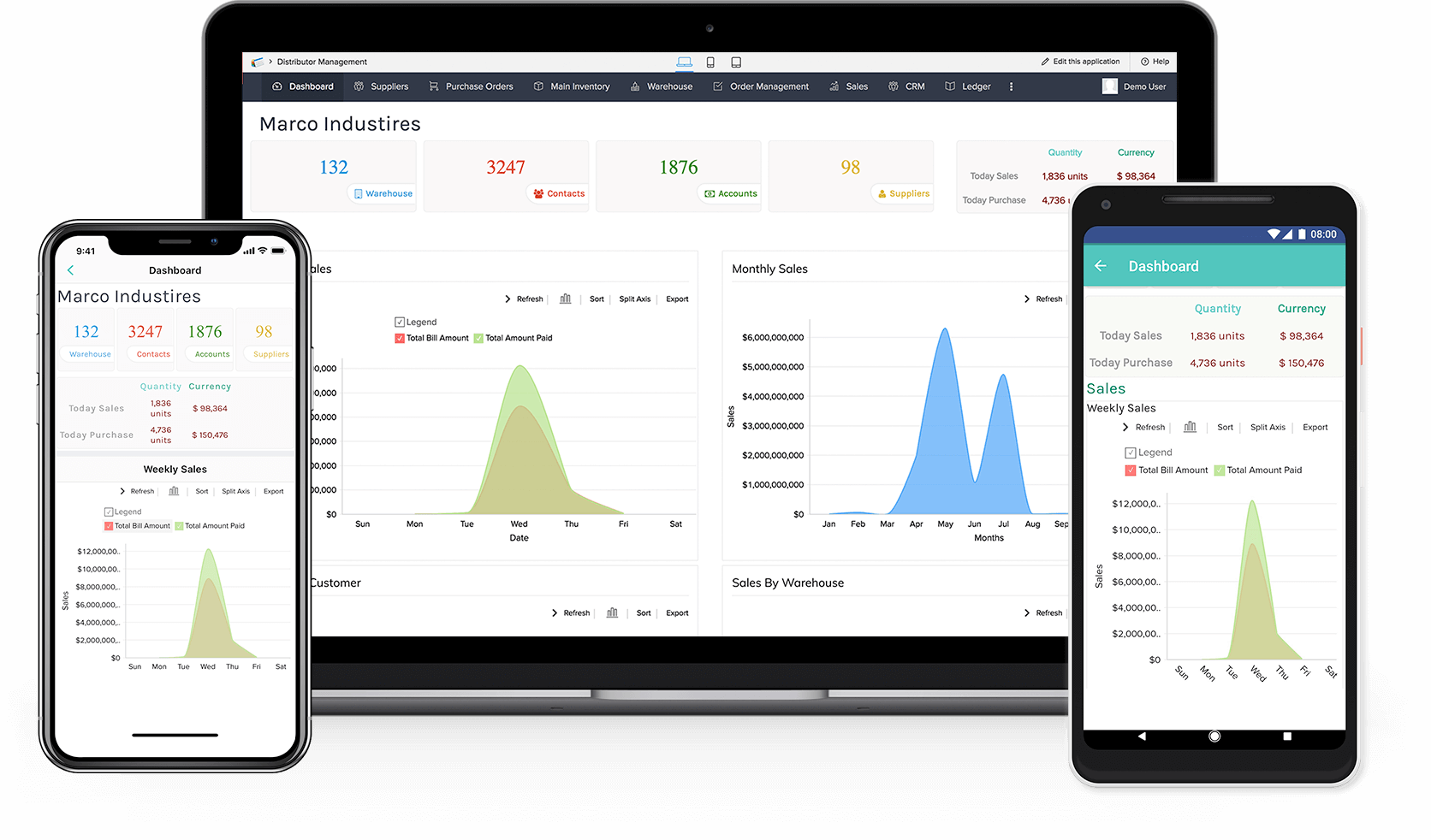


As a result, operational inefficiencies continue to exist and time-to-market - a crucial factor for businesses to remain competitive - is compromised. Many IT projects get relegated to the “pending” file due to a shortage of resources with specialized technical skills. The demand for hyperautomation and IT modernization has grown, but enterprises have been struggling to align with these trends because of the current limited availability of developer talent.

They can also easily reuse previously created applications as composable functional blocks for their new solutions.Low-code and no-code are two new software development solutions - how do they compare? The good news is that users of no-code platforms without deep technical skills, i.e., citizen developers, can still build a broad variety of applications for their daily needs without using code – by using prebuilt drag-and-drop components, visual workflow automation tools, and intuitive configuration wizards. By providing easy-to-use yet powerful tools for end-to-end application development, including tools for UI/UX design, AI/ML modeling, and built-in automated QA, no-code empowers every employee to become a proficient software creator without learning how to code.ĭoes no-code help eliminate all coding? In many cases, code cannot be fully replaced with no-code, especially when it comes to large-scale enterprise-grade applications with complex business logic. It dramatically speeds up the delivery of new applications compared to traditional development approaches, thus allowing companies to innovate faster and resolve IT bottlenecks. No-code development is an approach that allows software engineers and non-technical users to build applications and automate workflows through visual modeling tools and configuration.


 0 kommentar(er)
0 kommentar(er)
